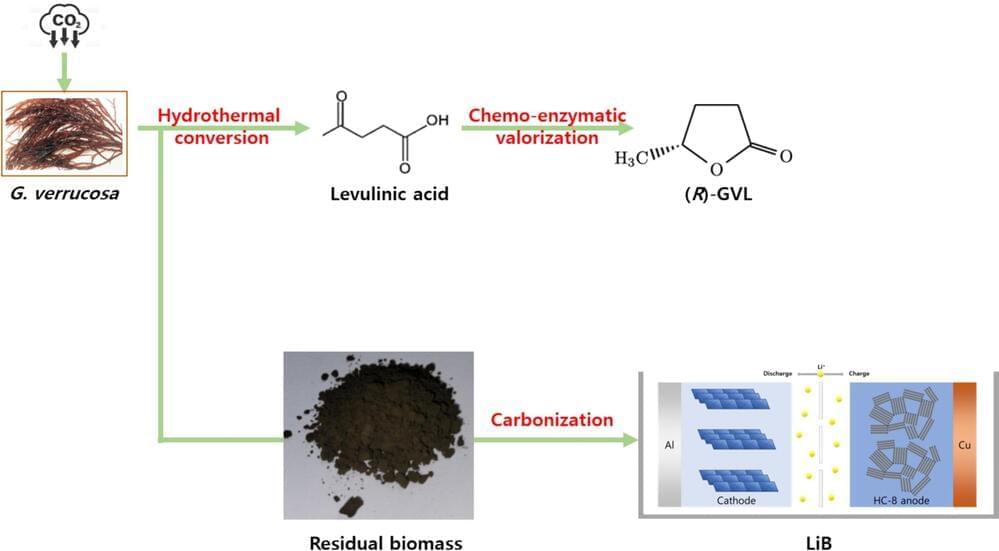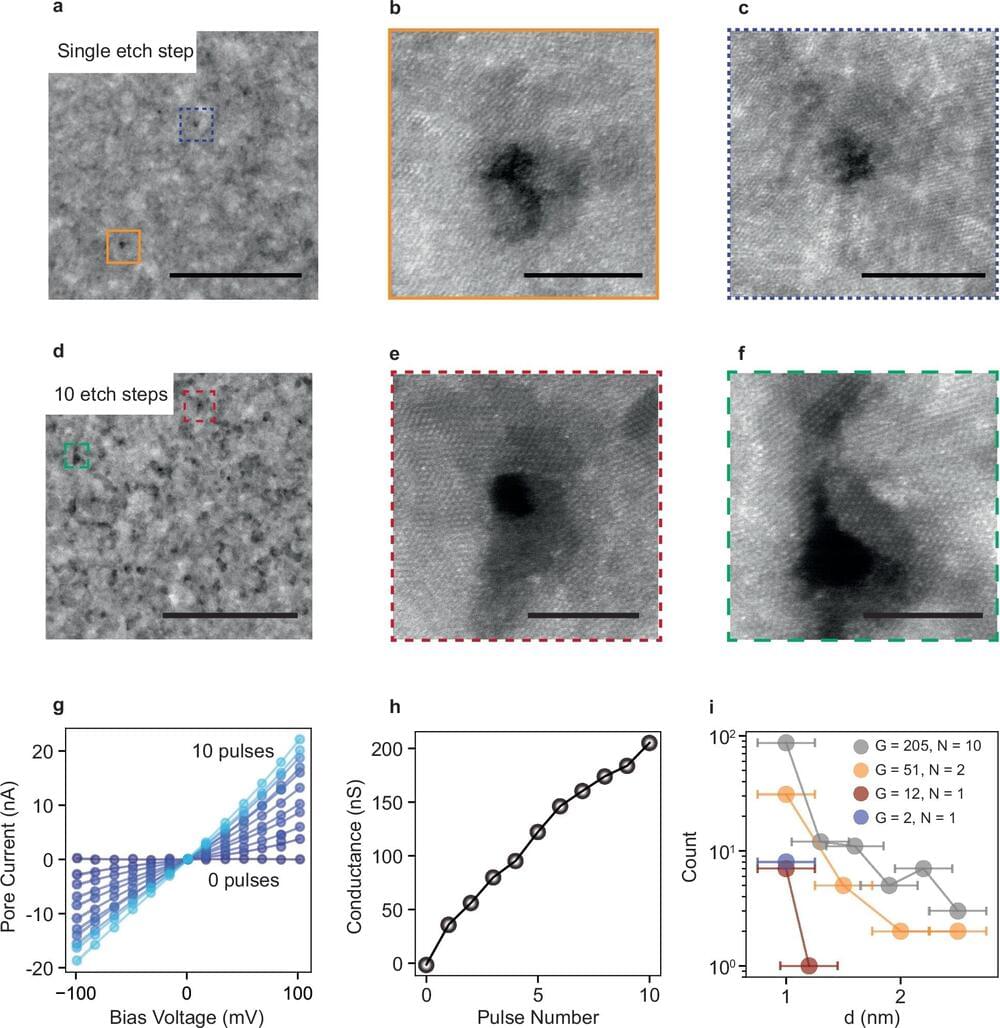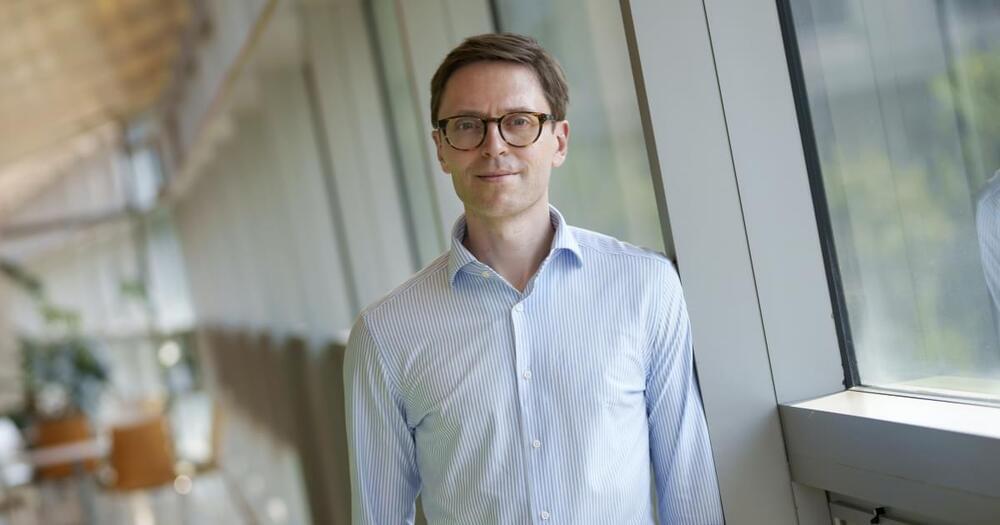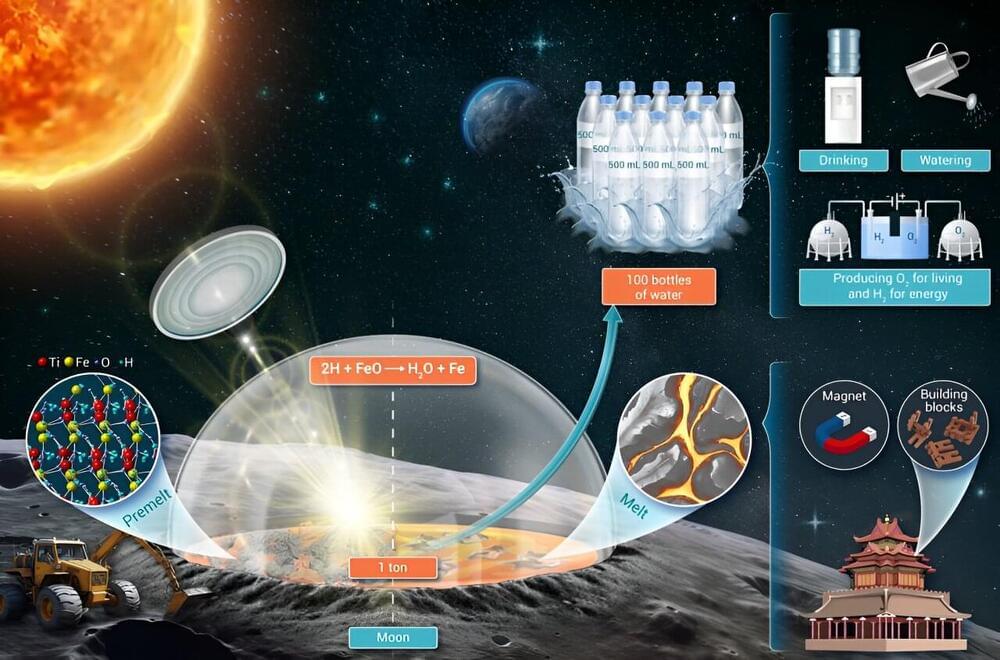CleanCo is reinforcing its commitment to Queensland’s clean energy future by exploring the potential to trial Australia’s largest grid-connected NAS® Battery Energy Storage System at the Swanbank Clean Energy Hub in Ipswich.
The partnership between Allset and CleanCo is a result of CleanCo’s proactive market engagement to identify emerging energy generation and storage technologies suitable for its Swanbank site. The parties will progress a feasibility study to finalise the engineering, procurement, and construction (EPC) agreement to support a final investment decision for the battery’s installation.
The Queensland University of Technology’s (QUT) Energy Storage Research Group will play a key role as the knowledge sharing partner, bringing a wealth of knowledge to the project, having commissioned Australia’s first NAS Battery in 2023.
The study is expected to be completed in early 2025 to support an investment decision in the same year, with the project potentially operational by mid-2026.








